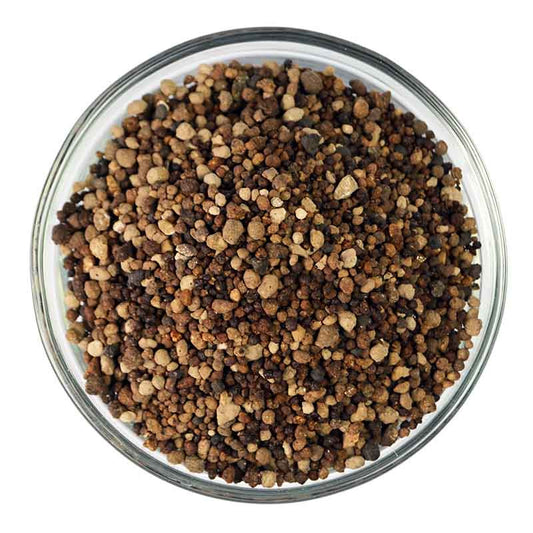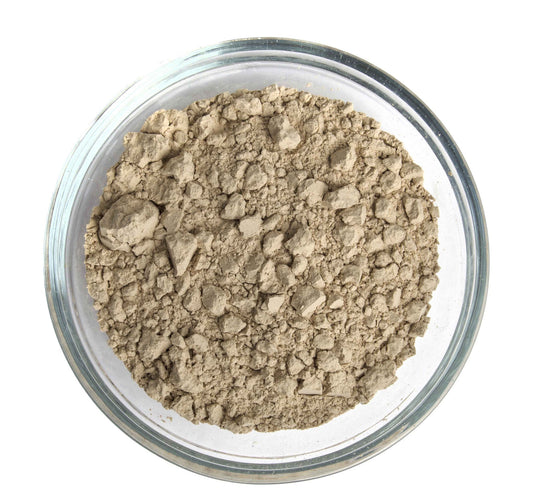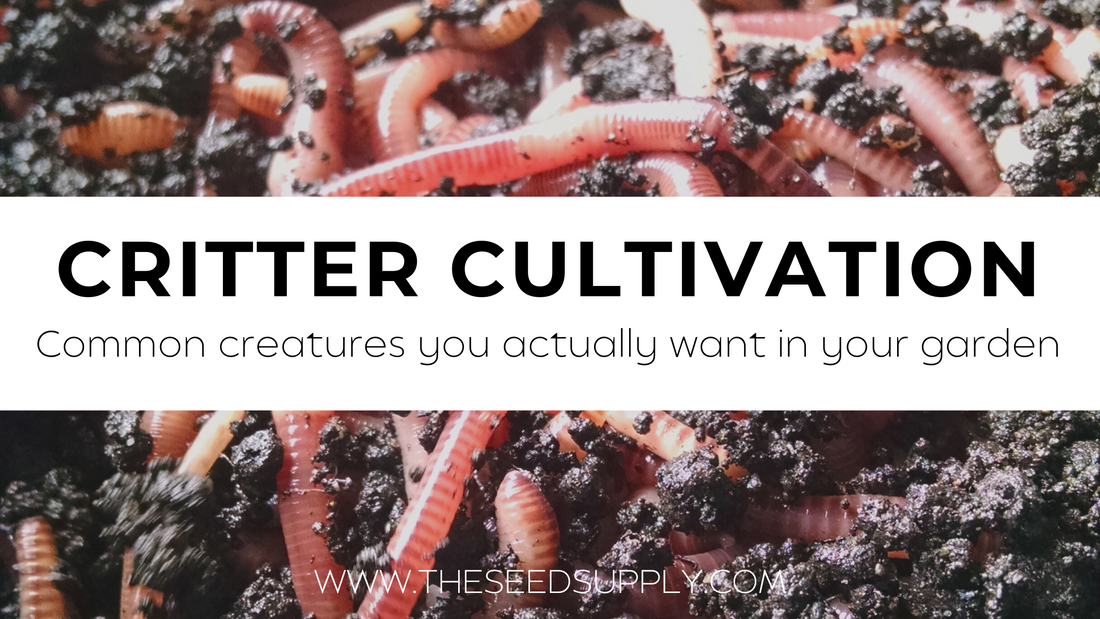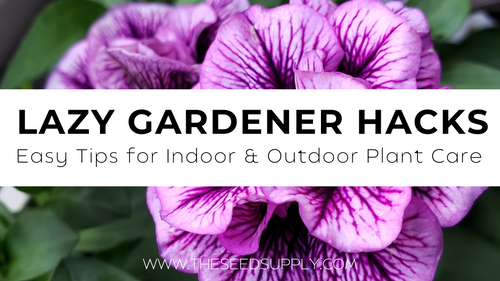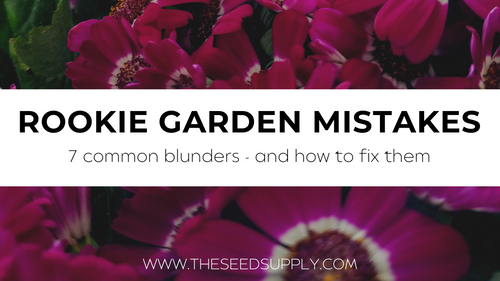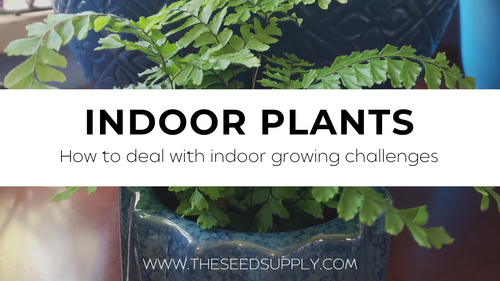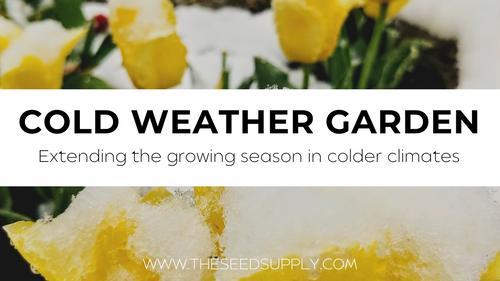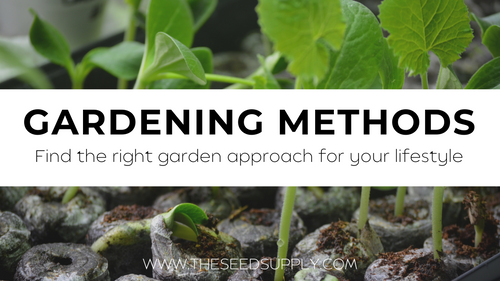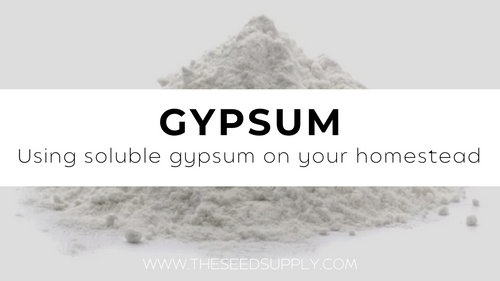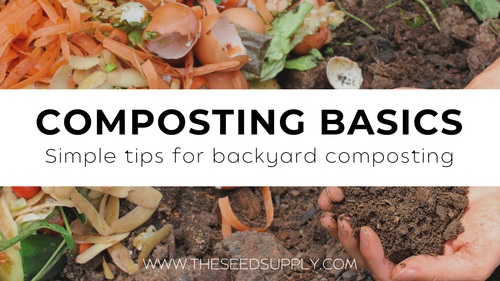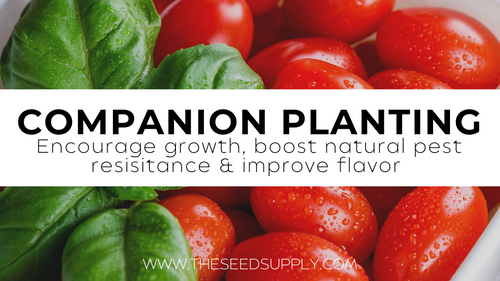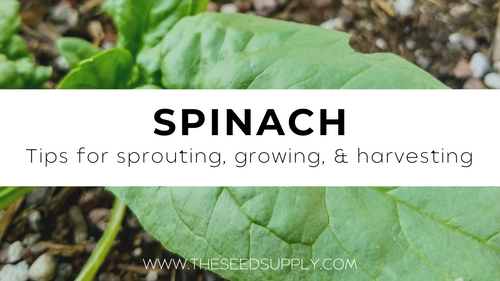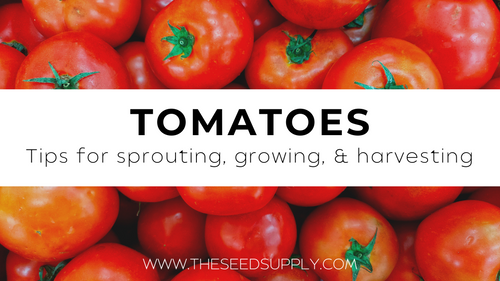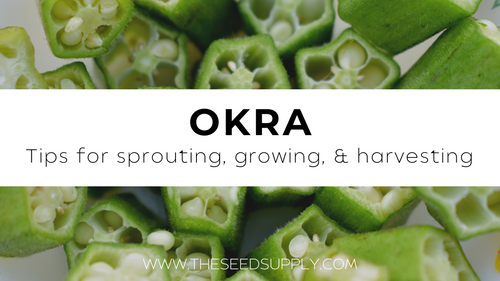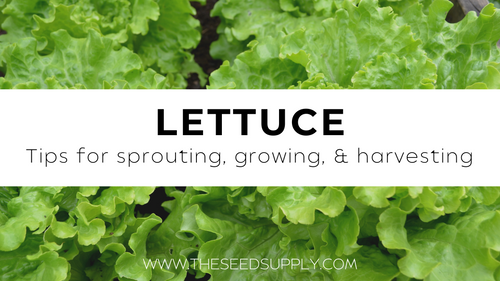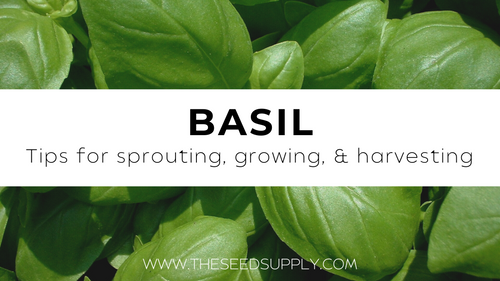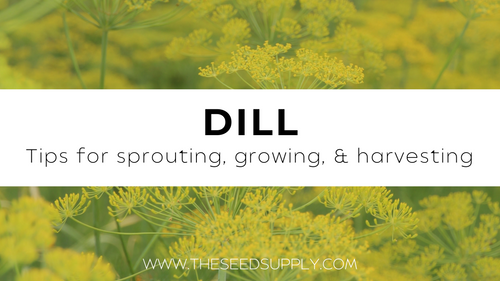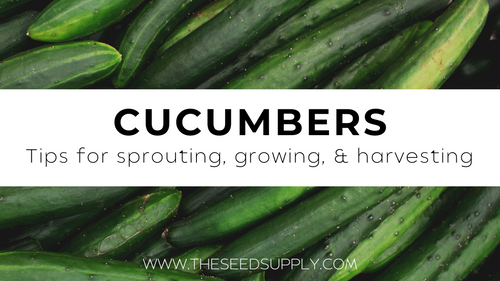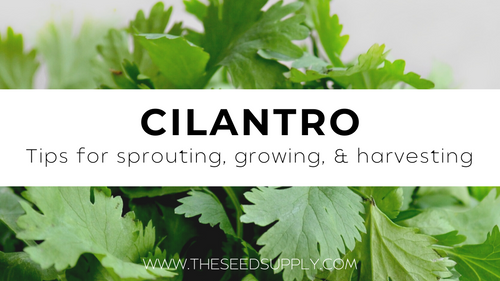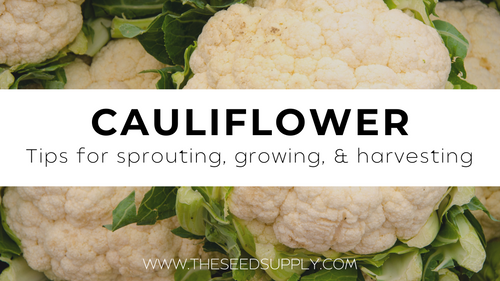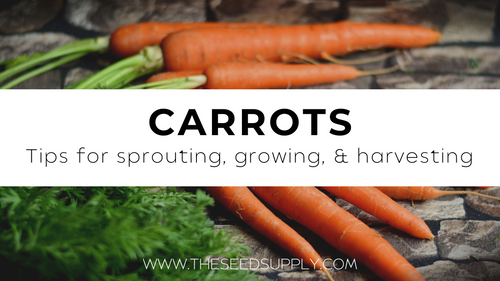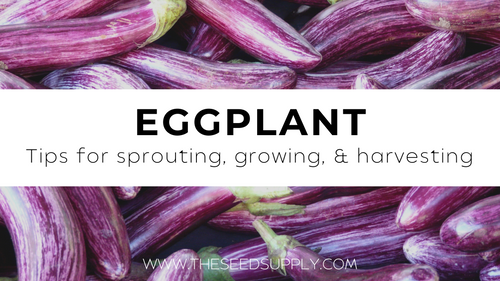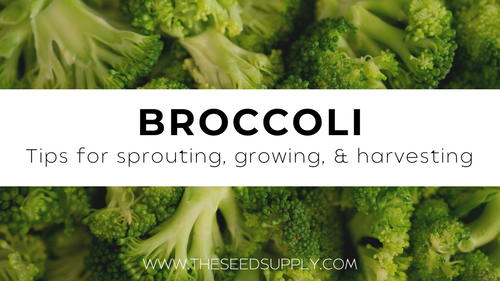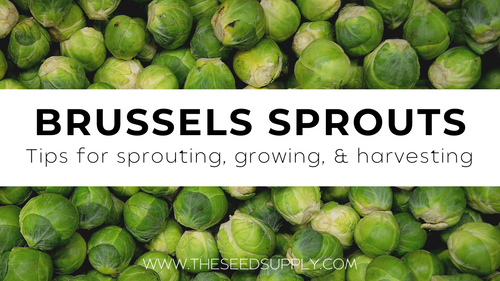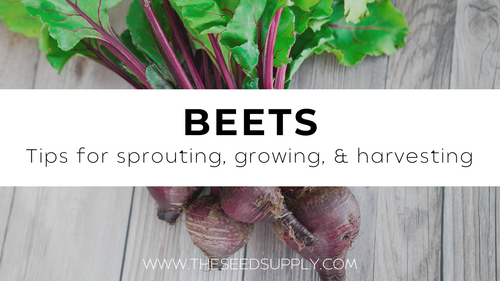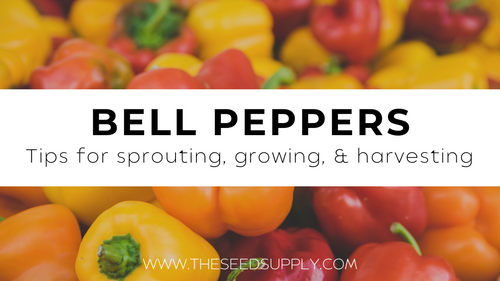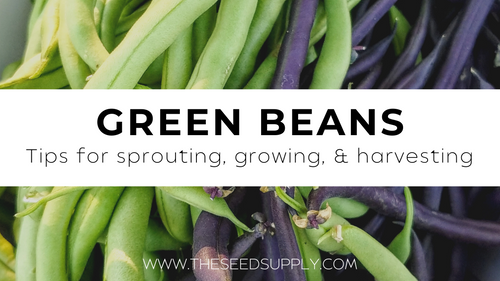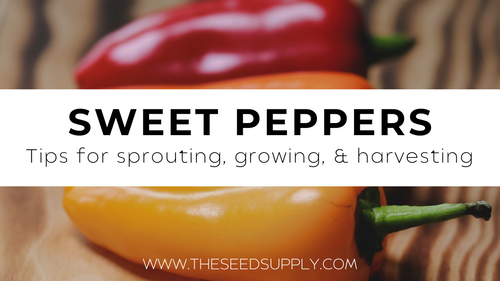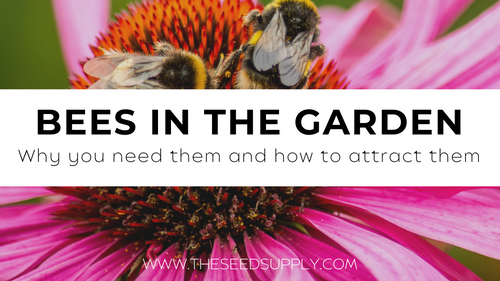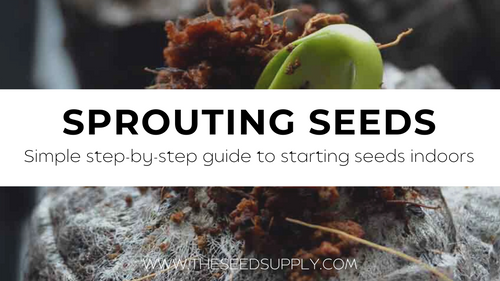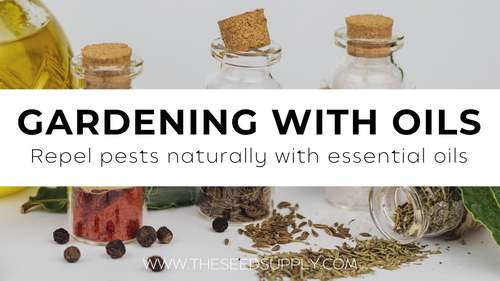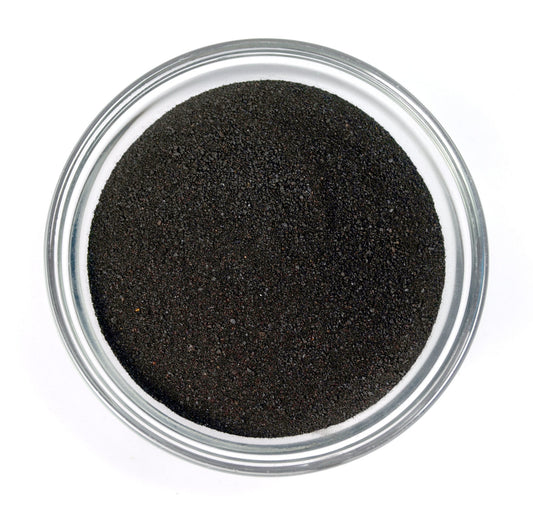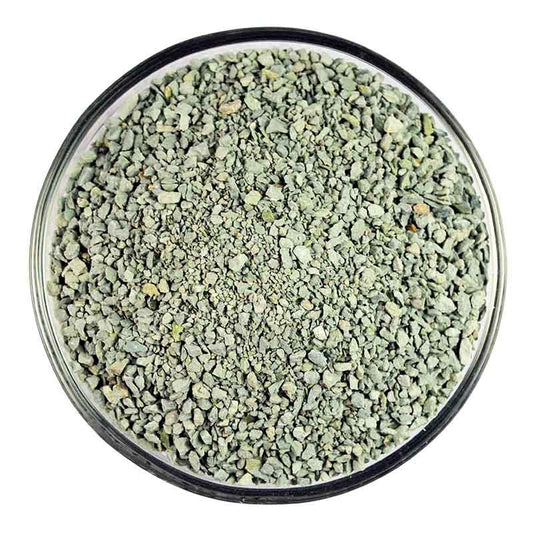Arachnids

The humble spider, spinning its web among the green leaves is doing important work. Spiders are predators, able to eat a huge number of pest insects that trouble us. Aphids that attack vegetable gardens and rosebushes are one of their favorite foods. Wouldn't you rather have a few spiders than have to spray chemicals on your plants? Put down mulch to attract them!
Bees and Butterflies
Bees can be a problem for those who are allergic to their venom, but they play an essential role in pollination, both of food crops and of ornamentals. As they bumble among the flowers, pollen attaches to their bodies and gets rubbed off as they move from plant to plant. This pollen transfer causes seeds to grow and species to survive. Butterflies do the same thing and are prettier to look at! Plant plenty of bright-colored flowers like hollyhock, coneflower, sunflowers, geraniums, and butterfly bush to attract bees and butterflies to your garden.
Earthworms
Slimy and wriggling, earthworms can make some gardeners queasy. These creatures are actually a sign of healthy soil. As they tunnel through the dirt, they aerate and fertilize it, keeping your garden rich and full of oxygen and nitrogen.
Reptiles
Snakes won't bother you if you don't bother them. Garter snakes and black snakes may sometimes come out and sun themselves on a rock. The rest of the time, they slip through the garden, searching for mice, rats and other nuisance animals that gnaw on your tender plants and eat up your lettuces! Best of all, snakes eat slugs, one of the worst pests in any lawn or garden.
Turtles are another reptile that is endlessly interesting to watch. They patrol water gardens, eating a little bit of greenery and a great number of bugs. Just don't try to pick up snapping turtles. They are remarkably agile and their bite is ferocious! Stick to simple, docile box turtles instead.
Amphibians
Toads and frogs are also beneficial in the garden. The eat pest insects like mosquitoes, aphids, cutworms, slugs and tent caterpillars. A source of clean, fresh water and plenty of sheltering foliage, water lilies and stones will attract toads and frogs.
Birds
Birds are attracted to bright colors and strong scents. Plant the same way you would for butterflies and they'll come in flocks. Berry bushes and small fruit trees like cherry and mulberry will also do the trick. Birds will help cross-pollinate plants and blossoming trees, their droppings are good fertilizer, and they feast on problem insects like grasshoppers. If your garden has a water feature, you'll see plenty of songbirds and sparrows bathing. If you have the great good fortune to have a water garden or pond on your property, you may see larger water birds like herons and hawks hunting, or ducks and geese, which keep algae under control.
Every animal and insect has its part to play in a healthy garden environment. Cultivate them along with your plantings and you won't need chemicals to make everything thrive!

